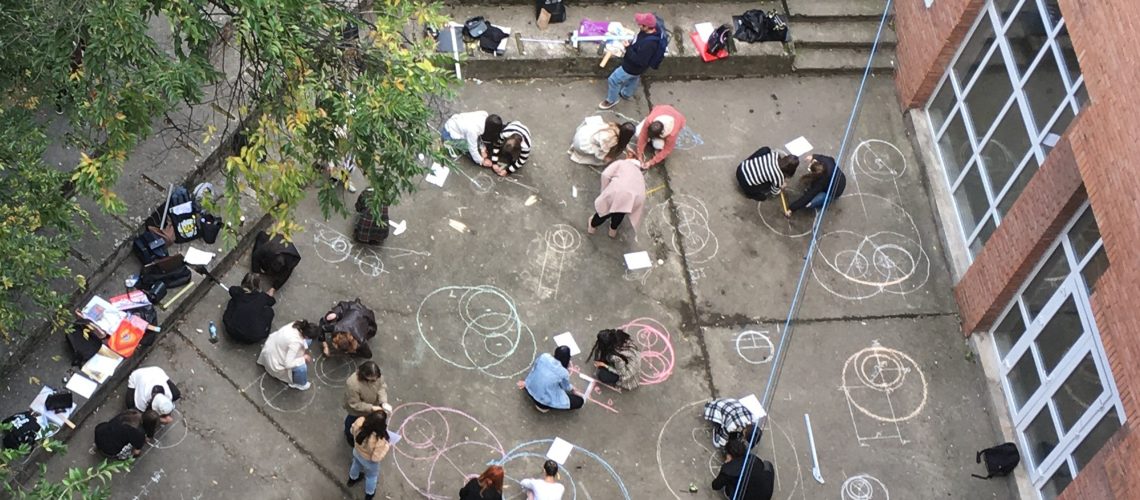OBIECTIVE DIDACTICE:
Obiectivele generale ale Geometriei formelor arhitecturale vizează înţelegerea formelor utilizate în arhitectură, corect clasificate geometric și structural, evidențiind elementele care definesc fiecare formă precum și diversele operații care pot fi efectuate cu ele în scopul utilizării adecvate în proiectele viitoare. Cursul începe cu prezentarea de principii generale compoziționale, sisteme de proporționare, trasee regulatorii. Componenta istorică a formei arhitecturale prezintă tipologia și reprezentarea elementelor arhitecturale clasice, a racordărilor curbe, a arcelor, bolților și cupolelor. Forma-rețea introduce echipartiții plane, spațiale și procedeele tensoriale de compoziție. Sunt studiate formele poliedrate, reticulate, suprafețele riglate, formele din plăci curbe subțiri, elicoidale, tensionate si suspendate, odată cu aplicațiile lor arhitecturale. La final sunt reiterate principiile de compoziție volumetrică și spațială, bazate pe modul, ritm, poliritmie și contrapunct.
METODE de LUCRU:
Examenul constă în redactarea unei planșe scrise și desenate realizate în 2 ore, conținând subiecte ce vizează baza teoretică și noțiunile predate la curs.
TEACHING OBJECTIVES:
The general objectives of the Geometry of Architectural Forms aim to understand the forms used in architecture, correctly classified geometrically and structurally, highlighting the elements that define each form as well as the various operations that can be performed with them for the purpose of appropriate use in future projects. The course begins with the presentation of general compositional principles, systems of proportion, regulatory routes. The historical component of the architectural form presents the typology and representation of classical architectural elements, curved connections, arches, vaults and domes. The network form introduces planar, and spatial tessellations, together with tensorial compositional procedures. Polyhedral, reticulated forms, ruled surfaces, thin curved plates, helical, tensioned and suspended forms are studied, together with their architectural applications. Finally, the principles of volumetric and spatial composition are reiterated, based on module, rhythm, polyrhythm and counterpoint.
WORKING METHODS:
The exam consists of a written and drawn board completed in 2 hours, containing topics that address the theoretical basis and concepts taught in the course.
